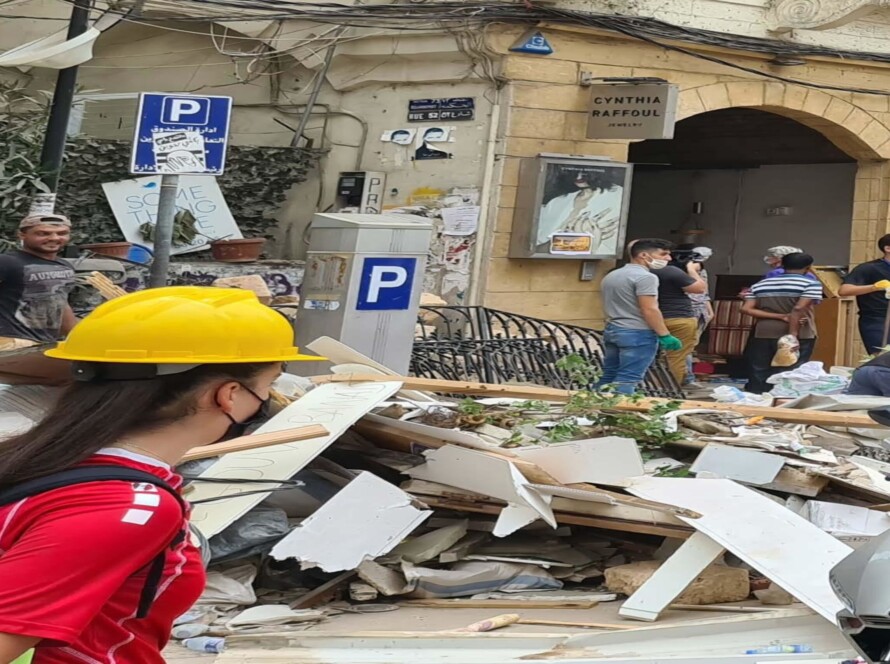Executive Summary
Following six years of multiple protracted crises, a majority of Lebanon’s population is affected by multidimensional poverty, but social safety nets are the primary source of social protection for the poorest and most vulnerable and are largely dependent on international donors. In an effort to transition out of the crisis, the Government of Lebanon has put forward a National Social Protection Strategy, which envisions a new social contract between people and the state.
This paper attempts to understand how transparency and accountability – which are fundamental to building trust and faith in institutions – are perceived by recipients and non-recipients of social assistance and humanitarian CVA. We draw on three studies conducted by CAMEALEON to examine the perceived transparency of various social assistance and CVA programs, from the perspective of beneficiaries and non-beneficiaries and participants and non-participants in these programs. The findings highlight four major concerns: frequent and poorly communicated interruptions in assistance, perceived inequities in eligibility (particularly along nationality lines), opaque targeting mechanisms, and unresponsive communication and feedback channels. These challenges undermine trust not only in humanitarian aid providers, but also in the possibility of a renewed social contract between the state and its people.
In light of the findings, this paper concludes with several recommendations to strengthen and establish trust from a “bottom-up” lens in Lebanon consist of the following:
- As per the NSPS, social assistance should transition from the safety net model toward a universal rights-based social protection system funded through progressive taxation.
- The social protection system should cover all nationalities equitably to reduce community tensions, enhance social cohesion, and leverage international refugee protection funding to build the capacity of the national social protection system.
- Programs need to make significant investments in outreach and communication to ensure that eligibility details are widely disseminated, call centres are responsive, and misinformation is actively countered.






